SOURCE: AFI

The seas are witnessing a surge in the development of massive aircraft carriers, often dubbed “supercarriers.” The United States currently reigns supreme with the USS Gerald R. Ford, a behemoth displacing over 100,000 tons and measuring over 1,000 feet in length.
China, a relative newcomer to the supercarrier game, has launched its own contender – the Fujian. Though slightly smaller than the Ford, displacing around 80,000 tons, it possesses notable features like domestically-developed electromagnetic launch and arrestor gear.
Continue readingSOURCE: AFI

The Indian government is taking concrete steps to stimulate the domestic private space sector. In a recent interview, Pawan Goenka, chairman of the Indian National Space Promotion and Authorization Centre (In-Space), outlined a range of incentives aimed at attracting private players and fostering growth in the industry.
A key initiative is the establishment of a Public-Private Partnership (PPP) model specifically for Earth Observation (EO) satellites. This model will involve government co-funding the launch of 12 EO satellites undertaken by private companies. The specific details regarding the funding breakdown haven’t been disclosed yet.
Continue readingSOURCE: AFI
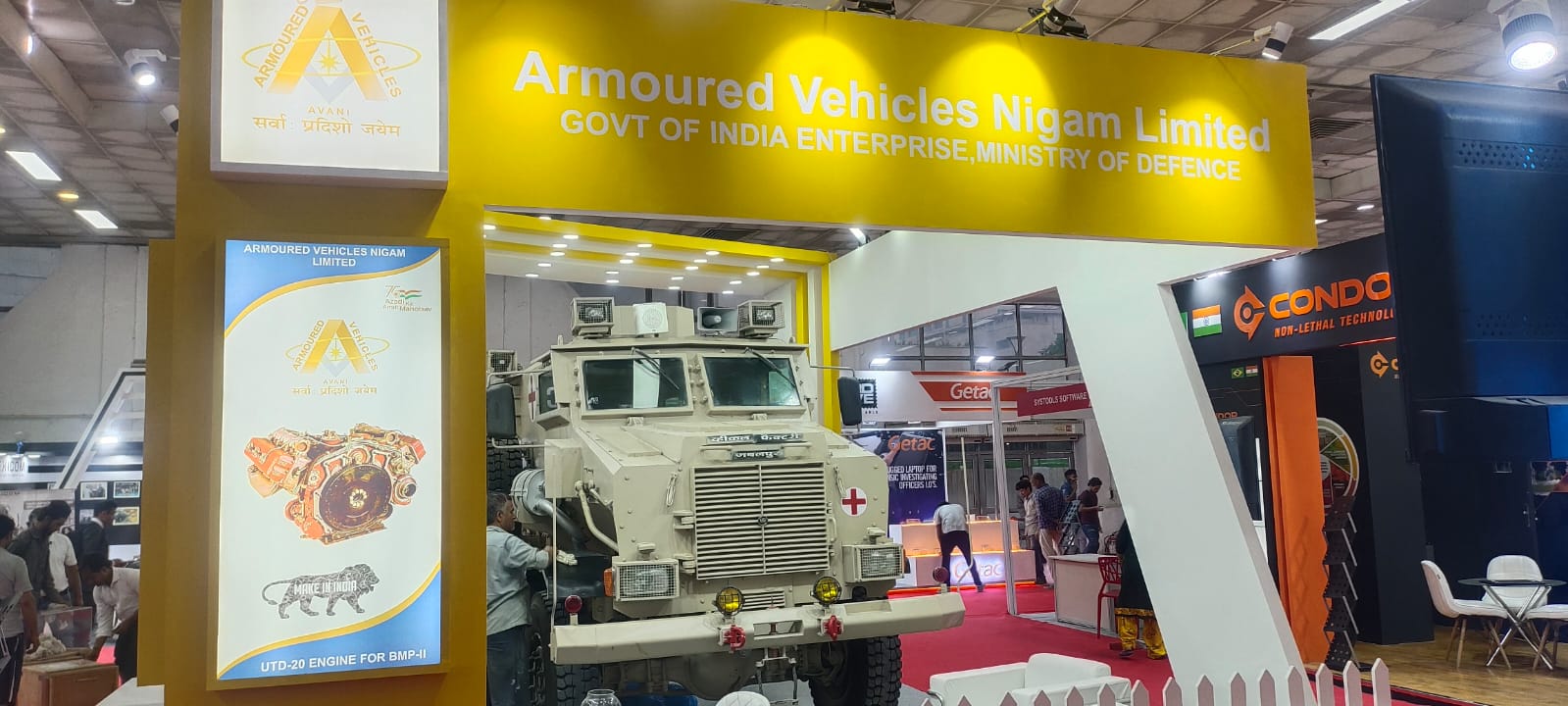
The 9th International Police Expo 2024 at Pragati Maidan, New Delhi, saw the unveiling of an impressive new addition to India’s defense and security vehicles by the Vehicle Factory Jabalpur (VFJ), a unit of Armoured Vehicles Nigam Limited (AVNL). VFJ showcased an advanced Armoured Ambulance Prototype Vehicle, which is designed to provide enhanced protection and mobility in hostile environments.
The highlight of VFJ’s display was the unveiling of their new Armoured Ambulance Prototype vehicle. This 4×4 ambulance is designed to provide critical medical care in hostile environments while ensuring the safety of medical personnel and patients.
Continue readingSOURCE: AFI
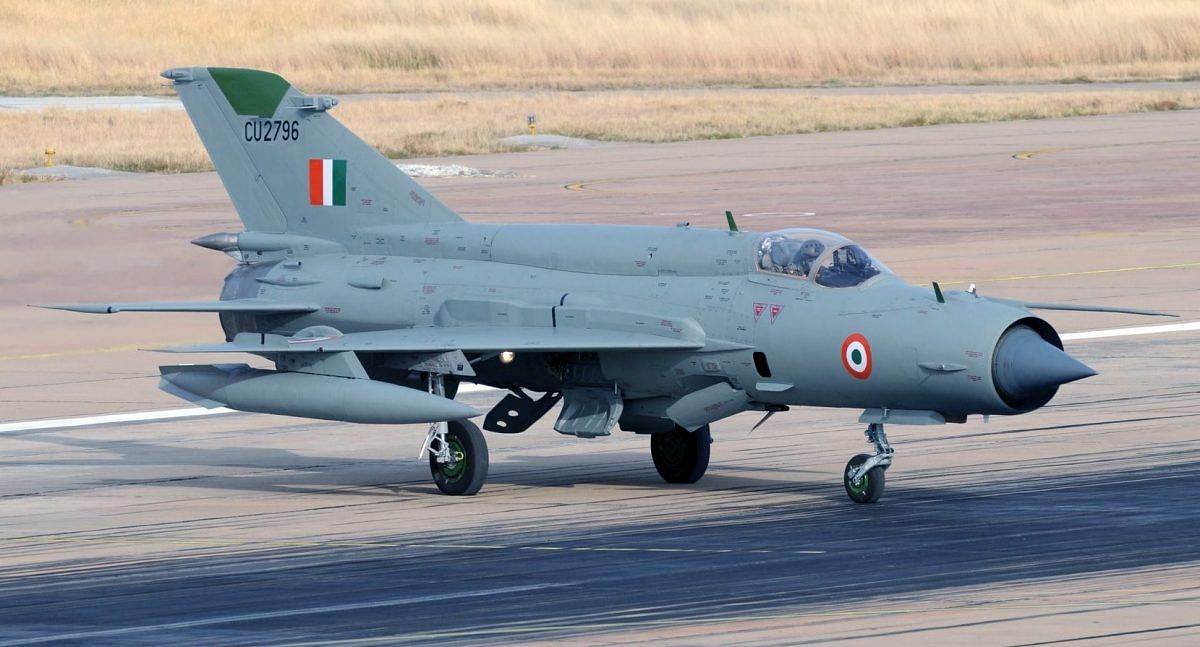
You’re right, India was indeed the world’s biggest operator of the MiG-21, surpassing even the Soviet Union itself. The Indian Air Force (IAF) inducted a staggering 874 MiG-21s, forming the backbone of its fleet for decades that all started in 1963 when handful were inducted.
In the 1980s and 1990s, MiG-21s comprised over 60% of the IAF’s fighting strength. The first batch arrived in 1963, and the IAF continued to induct variants throughout the Cold War. The MiG-21 was a demanding aircraft to fly, known for its challenging handling characteristics and unforgiving nature. This, coupled with extensive use, likely contributed to the high accident rate.
Continue readingSOURCE: RAUNAK KUNDE / NEWS BEAT / IDRW.ORG
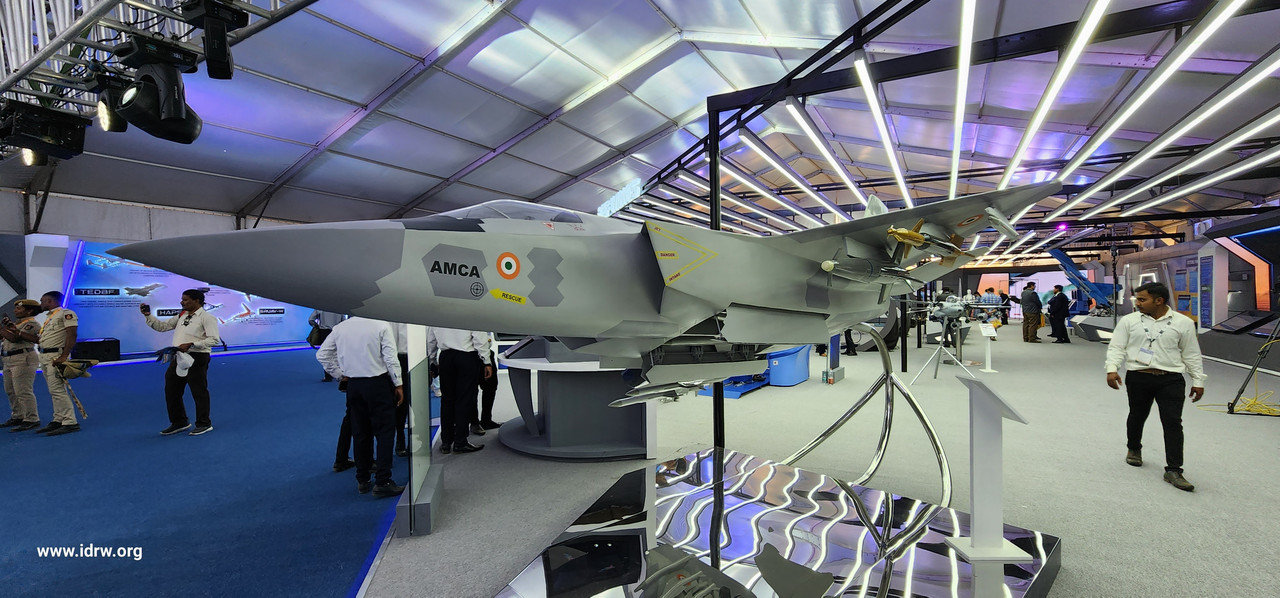
India’s ambitious Advanced Medium Combat Aircraft (AMCA) program is taking a significant step forward with the formation of a public-private sector consortium for its manufacturing. This innovative approach signifies a new chapter in Indian defense production.
The Ministry of Defence has already issued an Expression of Interest (EoI) to gauge industry interest, receiving a positive response with three proposals. The AMCA program will be executed through a special purpose vehicle (SPV) model, integrating private players into the process. This public-private partnership marks a first for India, with the private sector holding a majority stake in the SPV. This consortium will be responsible for assembling and maintaining the AMCA jet once it enters production, expected around 2032-2033.
Continue readingSOURCE: RAUNAK KUNDE / NEWS BEAT / IDRW.ORG
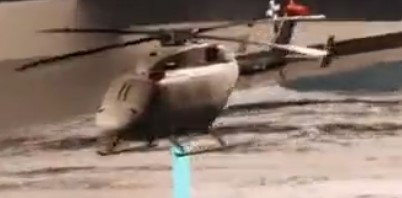
India’s state-owned aerospace giant, Hindustan Aeronautics Limited (HAL), has proposed developing unmanned aerial vehicle (UAV) variants of its successful Dhruv and Light Utility Helicopter (LUH) platforms. This initiative aims to provide the Indian Army and Air Force with dedicated unmanned platforms for reconnaissance and cargo missions, allowing the manned versions to focus on high-value tasks.
Equipping the armed forces with unmanned Dhruv and LUH variants would offer several advantages. By delegating reconnaissance and cargo missions to these UAVs, the manned helicopters can be reserved for critical operations demanding human intervention and decision-making, such as combat search and rescue or close-air support.
Continue readingSOURCE: RAUNAK KUNDE / NEWS BEAT / IDRW.ORG
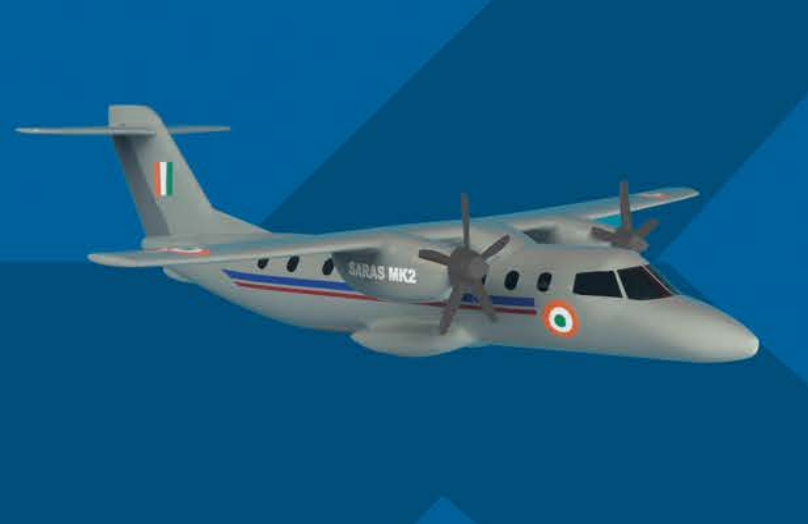
The National Aerospace Laboratories (NAL), a premier research institute under CSIR (Council of Scientific and Industrial Research), is seeking a highly qualified Specialist Consultant to support the development of the SARAS Mk2 multirole Light Transport Aircraft. This is a significant opportunity for an experienced aerospace professional to contribute to a nationally important project.
The SARAS Mk2 project holds immense significance for India’s civil aviation sector. This multirole light transport aircraft promises to enhance domestic air connectivity and cater to diverse operational needs.
Continue readingSOURCE : AFI

India’s Defence Research and Development Organisation (DRDO) chief recently advocated for international collaboration to develop a 6th generation jet engine. This engine is envisioned to power not only the 5th generation AMCA fighter jet but also future 6th generation aircraft. Three potential partners have emerged: French Safran, British Rolls-Royce, and American GE.
Among these contenders, Rolls-Royce stands out for its involvement in the Team Tempest program – a dedicated initiative to develop a 6th generation fighter jet. This involvement signifies their advanced research and expertise in 6th generation engine technology.
Continue readingSOURCE: AFI
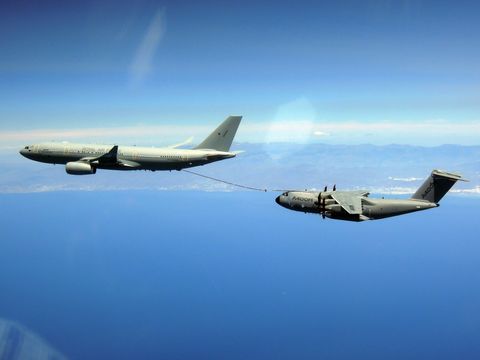
The French Air and Space Force is poised for a prominent role in the Indo-Pacific region this summer, participating in two key deployments that demonstrate its rapid response capabilities and unwavering commitment to the area.
The deployments will see France dispatch its crown jewel, the Rafale fighter jets, alongside A400M Atlas transport aircraft and A330 MRTT Phénix tanker aircraft. This impressive display of aerial power is intended to highlight France’s ability to project airpower swiftly across vast distances.
Continue readingSOURCE : AFI

The introduction of Tactical Nuclear Weapons (TNWs) into the India-Pakistan equation has injected a potent dose of anxiety into the already tense relationship. Experts like American security analyst Peter R. Lavoy argue that Pakistan’s vaguely defined “red lines” – economic and domestic destabilization – create an opening for them to initiate low-level conventional attacks against India.
The core concern is that TNWs lower the threshold for nuclear use in a region already bristling with nuclear weapons. Pakistan’s ambiguous red lines offer them a pretext to potentially initiate limited attacks, gambling on a measured Indian response. This creates an unstable environment where a conventional skirmish could spiral into a full-blown nuclear war, especially given Pakistan’s unsaid First Use doctrine.
Continue readingSOURCE: AFI

While the C-130J Super Hercules is a mainstay of the Indian Air Force (IAF) today, there was another workhorse that served for decades before it – the Fairchild C-119 Flying Boxcar. The C-119, also known as the C-119G Packet in IAF service, wasn’t the sleek jet we see today. Nicknamed the “Flying Boxcar” for its boxy fuselage, it was a rugged and reliable transport aircraft. The IAF was among the first to adopt the C-119, utilizing it for various critical tasks.
This versatile aircraft wasn’t just for cargo. The C-119 could transport troops, equipment, and even drop them by parachute using its rear clamshell doors. This capability proved invaluable in the early years of the IAF.
Continue readingSOURCE: IDRW.ORG
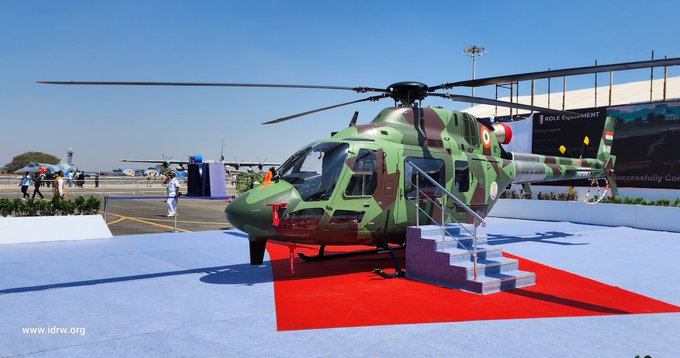
Hindustan Aeronautics Limited (HAL) is riding high after receiving a Request for Proposal (RFP) from the Ministry of Defence for 156 indigenously built Light Combat Helicopters (LCH), a deal estimated at ?45,000 crore. But their sights are set even higher, as they anticipate an upcoming RFP for their Light Utility Helicopter (LUH) as well.
The LUH, a highly agile new-generation helicopter in the 3-tonne class, has garnered significant interest from the Indian Armed Forces (Army, Navy, and Air Force). These services are looking to replace their ageing fleet of Chetak and Cheetah helicopters with the domestically produced LUH.
Continue readingSOURCE: IDRW.ORG
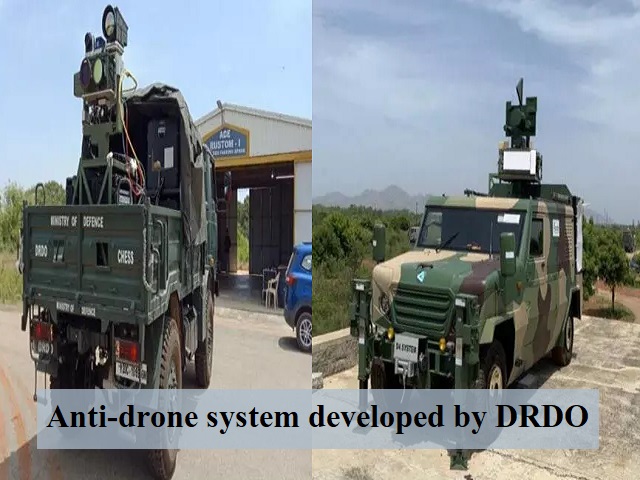
Small aerial drones have become a ubiquitous sight on the modern battlefield, with the Ukraine conflict highlighting their effectiveness. However, DRDO officials told idrw.org that he believes this is a temporary advantage, and anti-drone technology is rapidly evolving to counter this threat.
DRDO officials acknowledges that current limitations in anti-drone tech have allowed these “cobbled-together” drones some free rein. However, they emphasize that this is a fleeting window. Russia’s Electronic Warfare (EW) and jamming systems have reportedly neutralized nearly 75% of such drones in Ukraine, showcasing the growing effectiveness of counter-drone measures.
Continue readingSOURCE: AFI

According to Bloomberg, India and Russia might be revisiting the idea of jointly developing a 5th generation fighter jet. This potential rekindling of discussions comes as Prime Minister Narendra Modi prepares for his first bilateral visit to Russia since his third term win, later this month.
The initial collaboration, under the Fifth Generation Fighter Aircraft (FGFA) program, envisioned a joint effort to build a two-seater variant based on Russia’s Su-57 jet. However, India pulled out of the project in 2018 due to concerns about the Su-57’s capabilities.
Continue readingSOURCE: AFI

Pakistan has reportedly integrated its nuclear-capable Ra’ad-I cruise missile with the JF-17 fighter jet, according to a recent analysis by the Federation of American Scientists (FAS). The Ra’ad, first tested in 2007, is Pakistan’s sole air-launched cruise missile with a potential nuclear capability. The U.S. Air Force National Air and Space Intelligence Center (NASIC) designated it as a “dual-capable system” in 2017, meaning it can be equipped with either conventional or nuclear warheads.
The FAS report analyzed images of a JF-17 Thunder Block II from rehearsals for the 2023 Pakistan Day Parade. This marked the first public observation of the fighter jet carrying the Ra’ad-I missile.
Continue reading